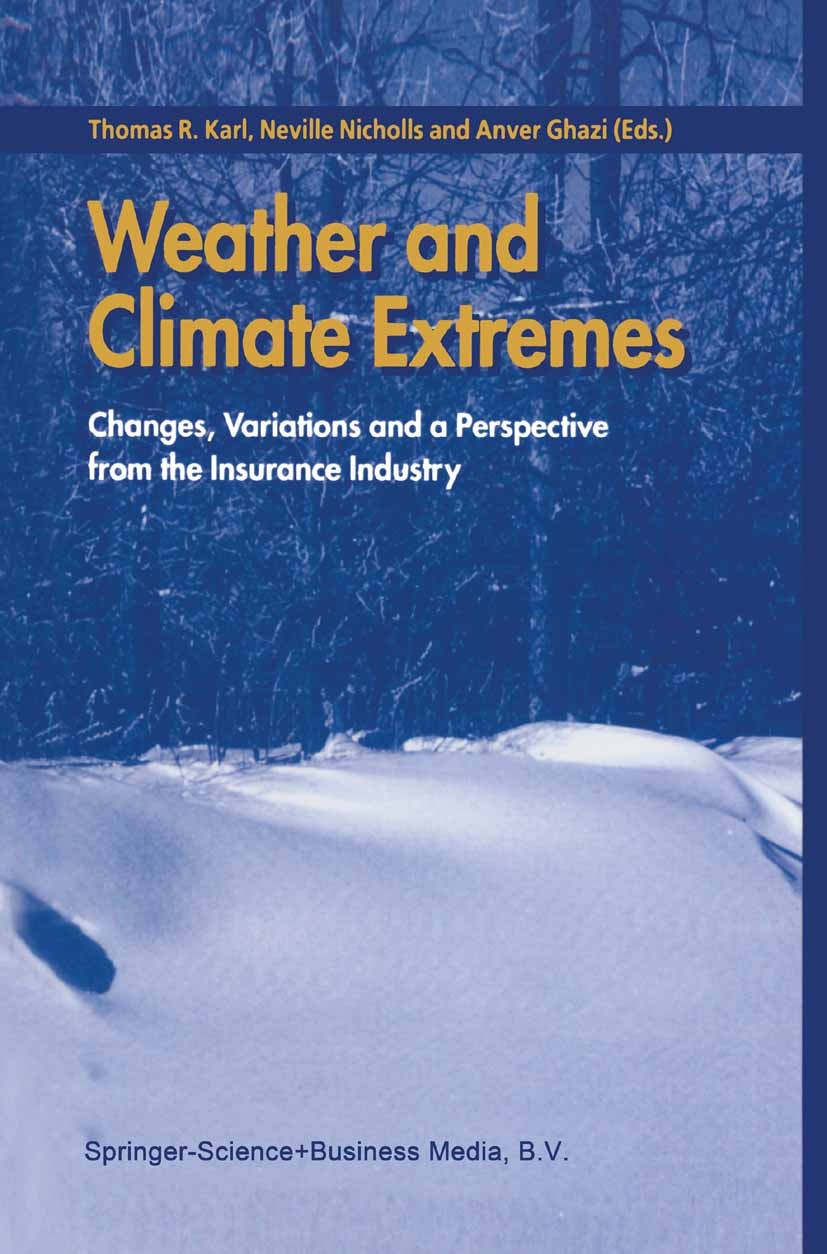Predictability assessment of marine heatwaves in the Northeast Pacific based on SEAS5
IF 6.9
1区 地球科学
Q1 METEOROLOGY & ATMOSPHERIC SCIENCES
引用次数: 0
Abstract
Marine Heatwaves (MHWs), extreme ocean warming events, have attracted global attention. This research utilizes forecast data from SEAS5 (Seasonal Forecasting System 5) and OISST (Optimum Interpolation Sea Surface Temperature), applying a range of evaluation metrics from both deterministic and probabilistic forecasting viewpoints. It assesses the forecasting performance of the SEAS5 in the Northeast Pacific (NEP) over the period from 1994 to 2021, examining both spatial and temporal dimensions. The midwest of the NEP exhibits subpar performance in terms of both deterministic and probabilistic predictions when compared to other regions. Furthermore, the SEAS5's forecast skill for MHWs is significantly influenced by the El Niño-Southern Oscillation (ENSO) and seasonal variations. This study establishes probability thresholds for MHWs' occurrences to assess MHWs' predictability using SEAS5, demonstrating that forecasting effectiveness across NEP subregions strongly depends on probability thresholds. To evaluate model performance in terms of reliability and resolution, the research concentrates on the Brier Score decomposition, revealing that the southeastern NEP region exhibits superior reliability and resolution. Additionally, the study focuses on not only the comprehensive efficacy of SEAS5 forecast on the NEP as a whole, but also on the specific performance across different regions. The proposed reliability categorization of MHWs indicates that the majority of regions within the NEP fall into Category 3 and above (at least marginally useful) across all lead times. The SEAS5 has shown high predictability in forecasting the occurrences of MHWs in the NEP, exhibiting diverse forecasting accuracy for MHWs across various maritime regions.
基于SEAS5的东北太平洋海洋热浪可预测性评估
海洋热浪(MHWs)是海洋极端变暖事件,已引起全球关注。本研究利用来自季节预报系统5 (SEAS5)和最佳插值海面温度(OISST)的预测数据,从确定性和概率预测的角度应用了一系列评估指标。从空间和时间两个维度评估了1994年至2021年期间东北太平洋(NEP)第5季的预报性能。与其他地区相比,新经济政策的中西部地区在确定性和概率预测方面表现欠佳。此外,厄尔尼诺Niño-Southern涛动(ENSO)和季节变化显著影响了SEAS5对强震的预报能力。本研究建立了mhw发生的概率阈值,利用SEAS5评估mhw的可预测性,表明NEP次区域的预报有效性强烈依赖于概率阈值。为了评价模型在可靠性和分辨率方面的性能,研究集中在Brier Score分解上,结果表明新经济政策东南部地区具有较好的可靠性和分辨率。此外,本研究不仅关注了SEAS5预测对新经济政策整体的综合效果,还关注了不同区域的具体表现。建议的mhw可靠性分类表明,NEP内的大多数地区在所有交货时间内都属于第3类及以上(至少是边际有用的)。在预测NEP中mhw的发生方面,SEAS5显示出很高的可预测性,对不同海洋区域的mhw表现出不同的预测精度。
本文章由计算机程序翻译,如有差异,请以英文原文为准。
求助全文
约1分钟内获得全文
求助全文
来源期刊

Weather and Climate Extremes
Earth and Planetary Sciences-Atmospheric Science
CiteScore
11.00
自引率
7.50%
发文量
102
审稿时长
33 weeks
期刊介绍:
Weather and Climate Extremes
Target Audience:
Academics
Decision makers
International development agencies
Non-governmental organizations (NGOs)
Civil society
Focus Areas:
Research in weather and climate extremes
Monitoring and early warning systems
Assessment of vulnerability and impacts
Developing and implementing intervention policies
Effective risk management and adaptation practices
Engagement of local communities in adopting coping strategies
Information and communication strategies tailored to local and regional needs and circumstances
 求助内容:
求助内容: 应助结果提醒方式:
应助结果提醒方式:


